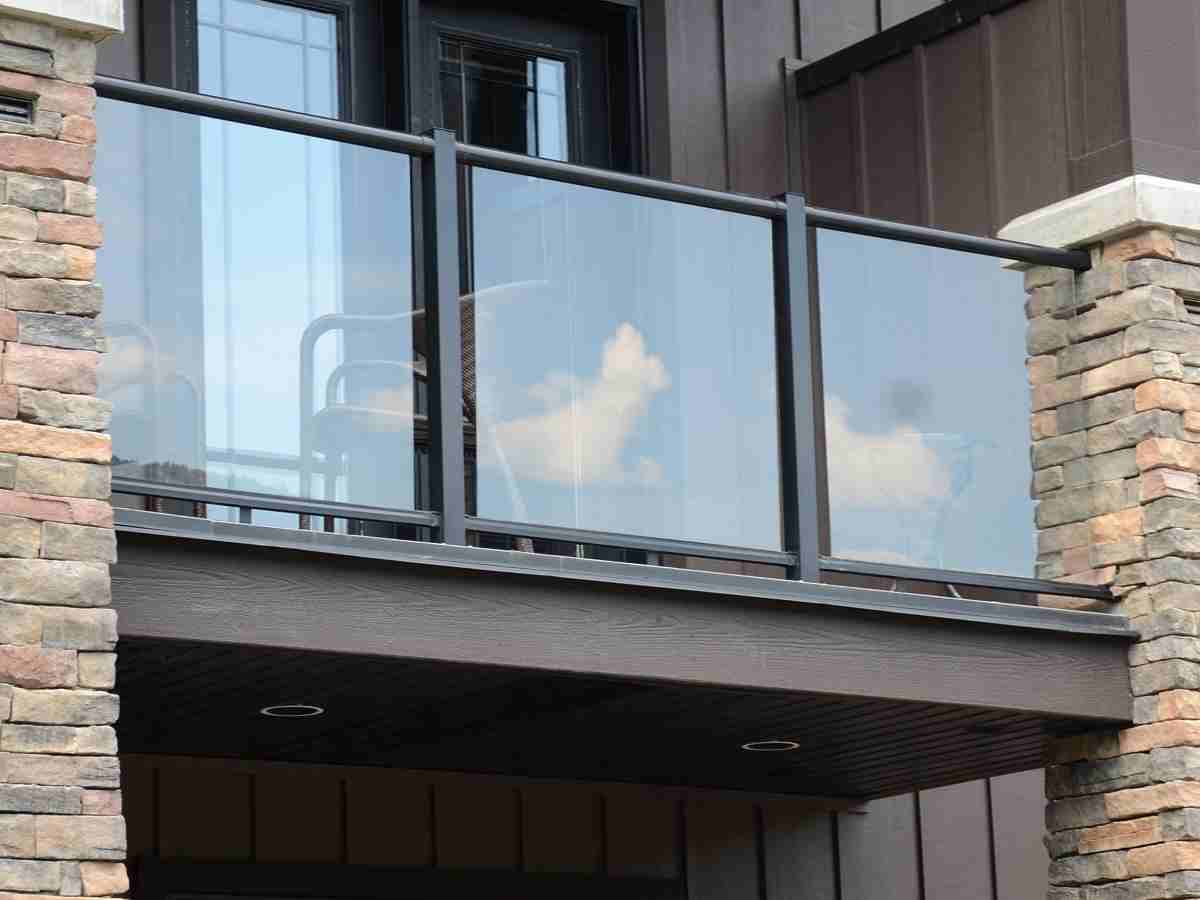After a big event like moving, there will be new starts and adventures. Emmanuel Transport knows very well that moving can be very hard, though. They do it every day for customers.
Almost a third of people say it’s more stressful than big events in their lives. But don’t worry! Once you know what to do, going through change is as smooth as the sea. Reading these tips and tricks will help you move without stress. Pay attention to both your house and garden.
The key is to plan ahead
`Try not to wait until the very last second to begin planning. Making a plan weeks ahead of time can keep things from getting crazy:
- Making a list: Write down the things you need to do and group them together. Like cleaning and paying bills etc.
- Moving is a great way to get rid of stuff. You should get rid of, sell, or give away things you don’t need. Not as much stuff is easier to move.
It Does Matter What Kind of Help You Get
Hiring a moving company to help you move can be very helpful.
- Look for removalists that have a good reputation, clear prices, and good reviews.
- Made-to-Order Service: Make sure they can take care of your home and garden needs, like plants or trees that need extra care.
Being careful with your garden
Gardens need to be moved with care:



